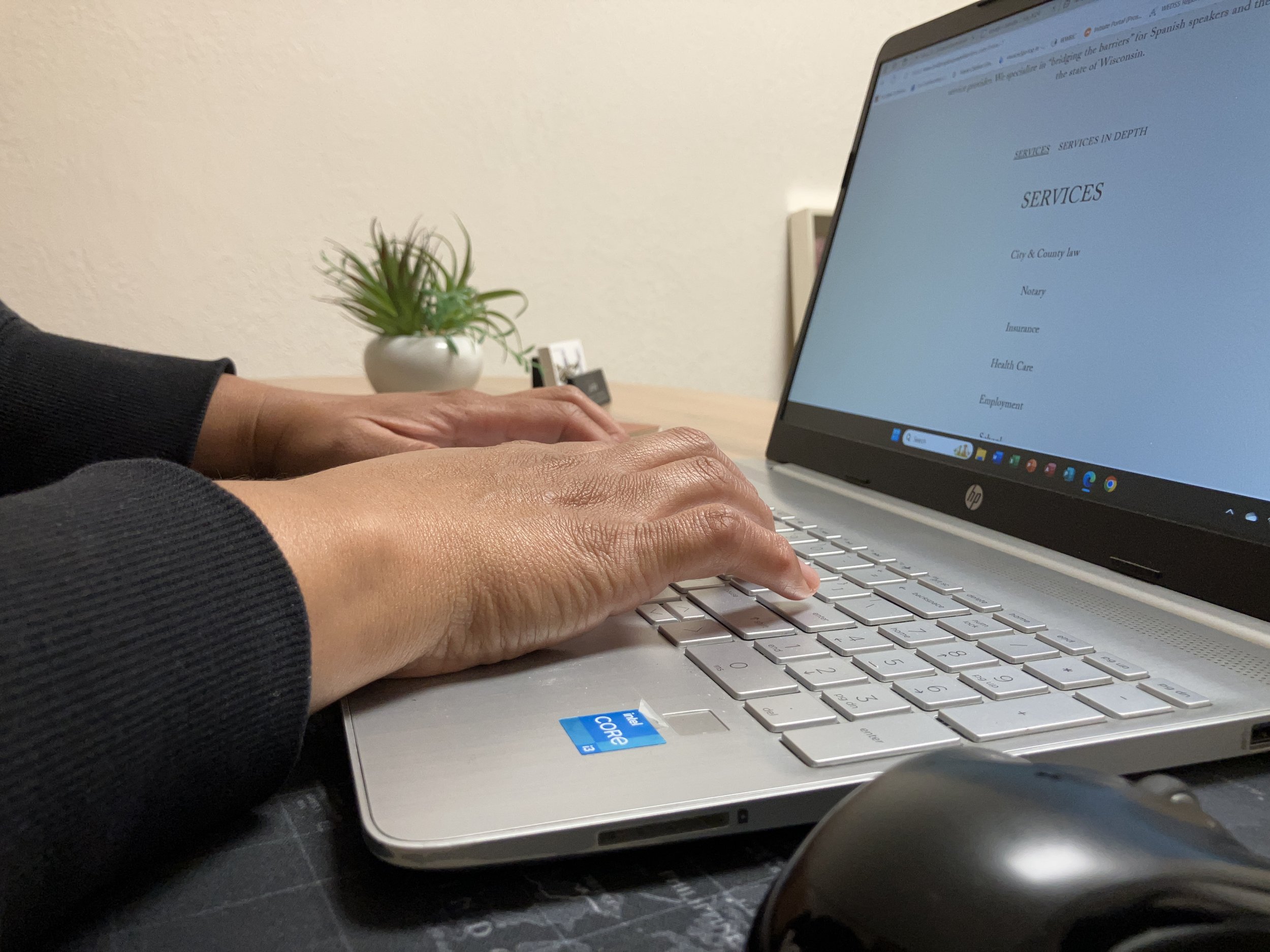Bridging the Gap
Interpreting
Translating
ASL (American Sign Language)
In order to be effective, interpreters must be fluent in both languages. Interpreting occurs in two ways: simultaneously and consecutively. Interpreting requires a high level of fluency in two or more languages, keen ability to focus on what is being said, broad-based world knowledge, and professional, ethical conduct. Interpreters cannot interpret what they do not understand. However, the complexities of the task, the types of visual interpreting, and the enormous range of qualifications brought by the interpreter make it anything but simple. Interpreters serve all parties in the communication exchange. While most often we think of the target language person as the requester of the interpreter services, the reality is, all parties have an equal and mutual need for the interpreter.
Interpreting
Interpreting is a verbal communication source, bridged by an interpreter who receives one language and outsources to the individuals target language. The art of interpreting takes much concentration and can be done on a one on one basis, small group level and large scale gatherings and events. Verbal interpreting can be outsourced in person, by Video Remote Interpreting (VRI) or audio headsets.
Video Remote Interpreting is also a convenient option we work via Zoom, Google Class Room, Skype, and FaceTime.
Translating
Translating is written communication, outsourced to the readers target language. Emails, documents, newsletters, brochures, manuals, and contracts are just some of the written examples. Translating projects can be completed on same day and others could take weeks to complete depending on the size of your translation project. Your translation is important to us so whatever project deadline you have we are certain we can service your need!
American Sign Language
ASL interpreters, interpret between two distinct languages—American Sign Language (ASL) and English. The act of facilitating communication between a visual communicator and an auditory communicator is accomplished using a number of modalities, with the modality of choice being identified by the visual learner, in most cases, the deaf individual. The role of the interpreter appears to be very straightforward—to effectively facilitate communication between deaf individuals and those who are hearing.



